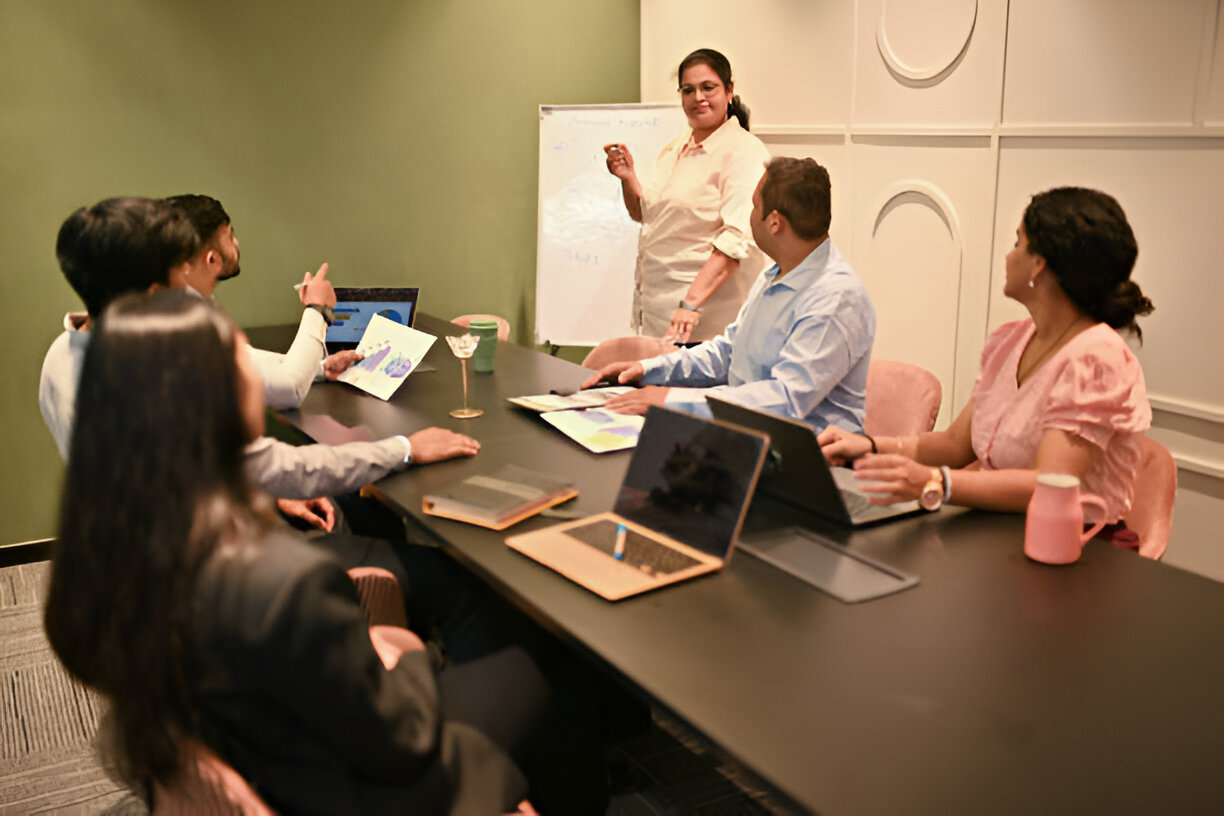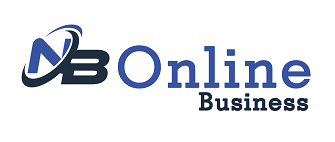Developing focused goals during an OKR workshop pulls teams together, defines priorities, and translates strategy into actionable goals. It promotes cooperation, common cause, and results that are quantifiable and generate structural change and organizational achievement.
At Wave Nine, a certified OKR coach is involved in team sessions that make the goals challenging but not impossible. Wave Nine focuses on aligning the organizational vision with the execution of the strategy on a team level and is known to assist businesses with streamlining strategies into tangible results.
Their approach ensures every participant leaves a session with focus and commitment that supports wider company goals.
The Purpose of an OKR Workshop
A goal-setting workshop helps teams draft OKRs they truly own. Even in draft form, they build alignment, linking team priorities with broader company objectives and showing how individual contributions drive organizational success.
Getting the Basics Right
To precondition a successful session, some aspects should be ready:
- Participants: Each team member who will participate in achieving the goals should be present. Cross-functional representation introduces a sense of balance and variety of attitudes.
- Facilitation: A coach is a facilitator and keeps conversations focused on results.
- Format: Both in-person and remote settings can work. Hot tools such as creative tools, sticky notes, or digital boards facilitate teamwork and idea exchange.
- Timing: 3 to 4-hour workshops are long enough to have significant discussions without generating a feeling of exhaustion.
Preparing for the Workshop

Effective goal setting is dependent on preparation. The teams start with vision, mission, and long-term review to ensure clarity, then prepare priorities that are consistent with strategy. Generating ideas makes the workshop time productive and focused.
Key preparation tips include:
- Review company vision and strategic priorities.
- Familiarize yourself with previous cycles’ lessons learned.
- Draft potential priorities to propose in the session.
A Tried and Tested Agenda
A clear agenda ensures the session captures the right balance of input and consensus.
The flow usually looks like this:
- Collect and share individual priorities.
- Cluster those ideas into themes and agree on 3–5 top priorities.
- Define clear headlines to summarize clusters.
- Differentiate between inputs, outputs, and outcomes.
- Transform themes into quality Objectives that inspire and focus on impact.
- Draft measurable Key Results for each Objective, making them both ambitious and achievable.
- Refine the drafts, assign owners, capture dependencies, and document outcomes.
Best Practices for Success
Certain techniques can elevate the outcome of the session:
- Begin with silent brainstorming to reduce bias and capture every voice.
- Use clustering to simplify multiple overlapping ideas into sharper themes.
- You can use a quality checklist to review every draft to make sure that it is actionable and strategy-oriented.
- Make the session collaborative in such a way that all members feel the ownership of the outcome.
At the conclusion of the workshop, the teams not only possess a formal collection of OKRs but also a shared feeling of commitment to ensure they occur. With a properly organized virtual tour, such workshops get teams fired up, illustrate the common thread, and provide a roadmap linking day-to-day activities with long-term goals.







